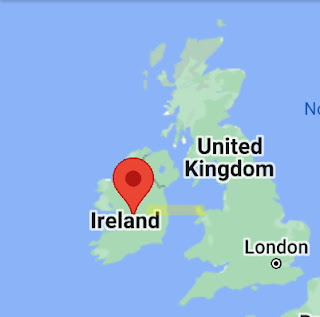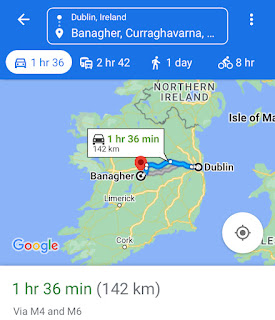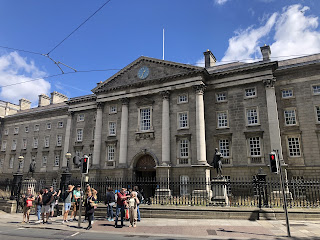Pottering around historical Banagher

We can’t know for certain, but it is quite probable that Arthur would have taken Charlotte out and about to get to know his home town of Banagher. (N.B. the ‘g’ in Banagher is silent!) There are places in the town which, more than likely, were of great interest to Charlotte given her interest in history and politics. As she started to improve health wise, thanks mostly to Aunt Harriet’s kind nursing skills, the newlyweds probably strolled around the grounds of Cuba House and then on into town. If she was still feeling a tad tired, maybe they would have taken a pony and trap to get to see some of the historical places on offer in Banagher. When we arrived in Banagher on a Sunday evening in August 2022 and looked down the Main Street, we thought there would be little of interest here. But how deceptive first impressions can be! We were to discover that Banagher is full of history, life and the most delightful and friendly people. Maybe Charlotte too discovered the same thing 1...


